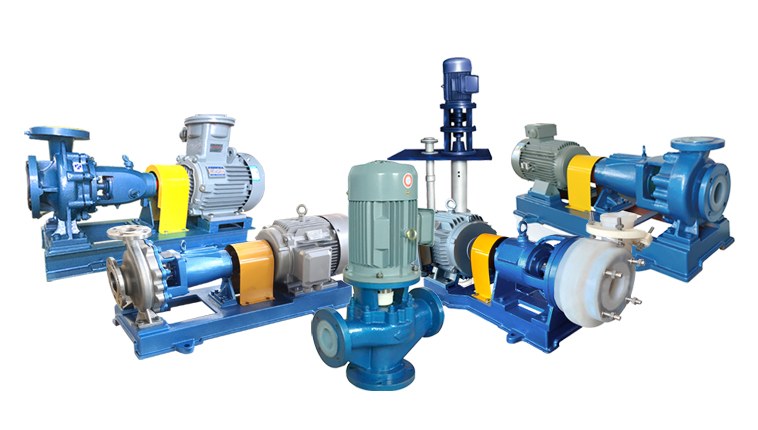1: mechanical loss and mechanical efficiency.
The power P (shaft power) transmitted by the main motor to the pump shaft first consumes part of it to overcome the bearing and sealing device, and the remaining shaft force is used to drive the impeller rotation. But the mechanical energy of the impeller rotation does not transfer all. Part of the liquid flowing through the impeller has to overcome the liquid friction between the front and rear cover of the impeller and the shell (pump cavity). This part of the loss is called disk friction loss. The bearing wear, seal loss, and disk friction loss mentioned above. The sum of force and force is called mechanical loss, which is expressed by P. The remaining power required by the representation method to remove the mechanical loss of the shaft force is used for shaft alignment. The work done by the liquid of the impeller is called the input hydraulic power, which is done by P. Representation.

The water input power works on the liquid in the impeller, so that the pressure of the liquid at the outlet of the impeller is higher than the inlet pressure. The pressure difference between inlet and outlet makes part of the liquid flowing through the impeller enter the impeller seal ring clearance from the pump cavity and enter the impeller. The inlet is facing the flow so that the flow through the impeller, that is, the theoretical flow of the pump, will not be fully transported to the outlet of the pump. This part of the leaked liquid consumes the energy obtained from the impeller in the leakage flow process, that is, under high pressure. The liquid (output pressure) becomes low pressure (inlet pressure). The essence of volume loss is energy loss, volume loss. The magnitude of the loss is calculated by the volumetric efficiency v. Volume efficiency is through the impeller to remove the leaked liquid (actual flow). Through the power and liquid (theoretical flow Q) of the impeller, the estimation of volume efficiency is more complex, and there are many influencing factors, so it is necessary to consider the size of the clearance of the sealing ring, the series of the pump, the mechanical performance and so on. Sealing series and so on. In addition, the leakage of the balanced axial force device and seals of the pump should also be calculated in the volume loss of the pump.
3: hydraulic loss and hydraulic efficiency.
The energy (H) obtained from the impeller through the effective liquid (excluding leakage) cannot be fully transferred, because the liquid flow in the over-flow part of the pump (the flow passage from the pump inlet to the outlet) is accompanied by hydraulic friction loss (resistance along the way) hydraulic loss (local resistance), such as shock, de-flow, changes in velocity direction and size, etc., thus consuming part of the energy. Due to the hydraulic loss, the energy lost by the liquid per unit mass in the overflowing part of the pump is called the hydraulic loss of the pump. The energy (H) of the lost liquid per unit mass through the pump (H) is less than that transferred by the impeller to the liquid per unit mass (H). The pump loss is measured by the pump efficiency m. The hydraulic efficiency is to remove the power of the liquid lost by the hydraulic pressure. The ratio to the power of the liquid without hydraulic loss.





 +86 18130251359
+86 18130251359 teflowpumps@tlpumps.com
teflowpumps@tlpumps.com








 +86+0563-5093318
+86+0563-5093318
